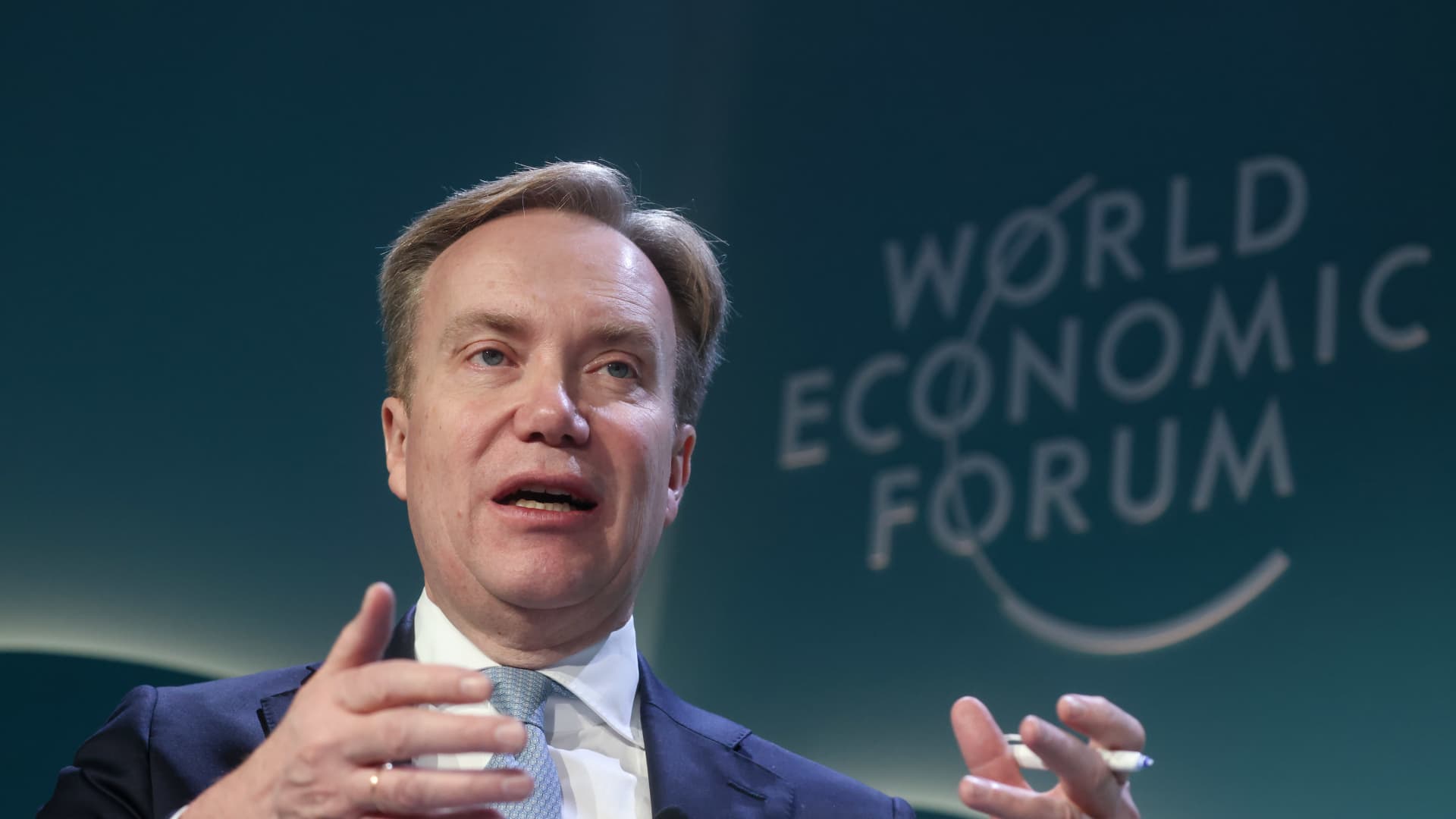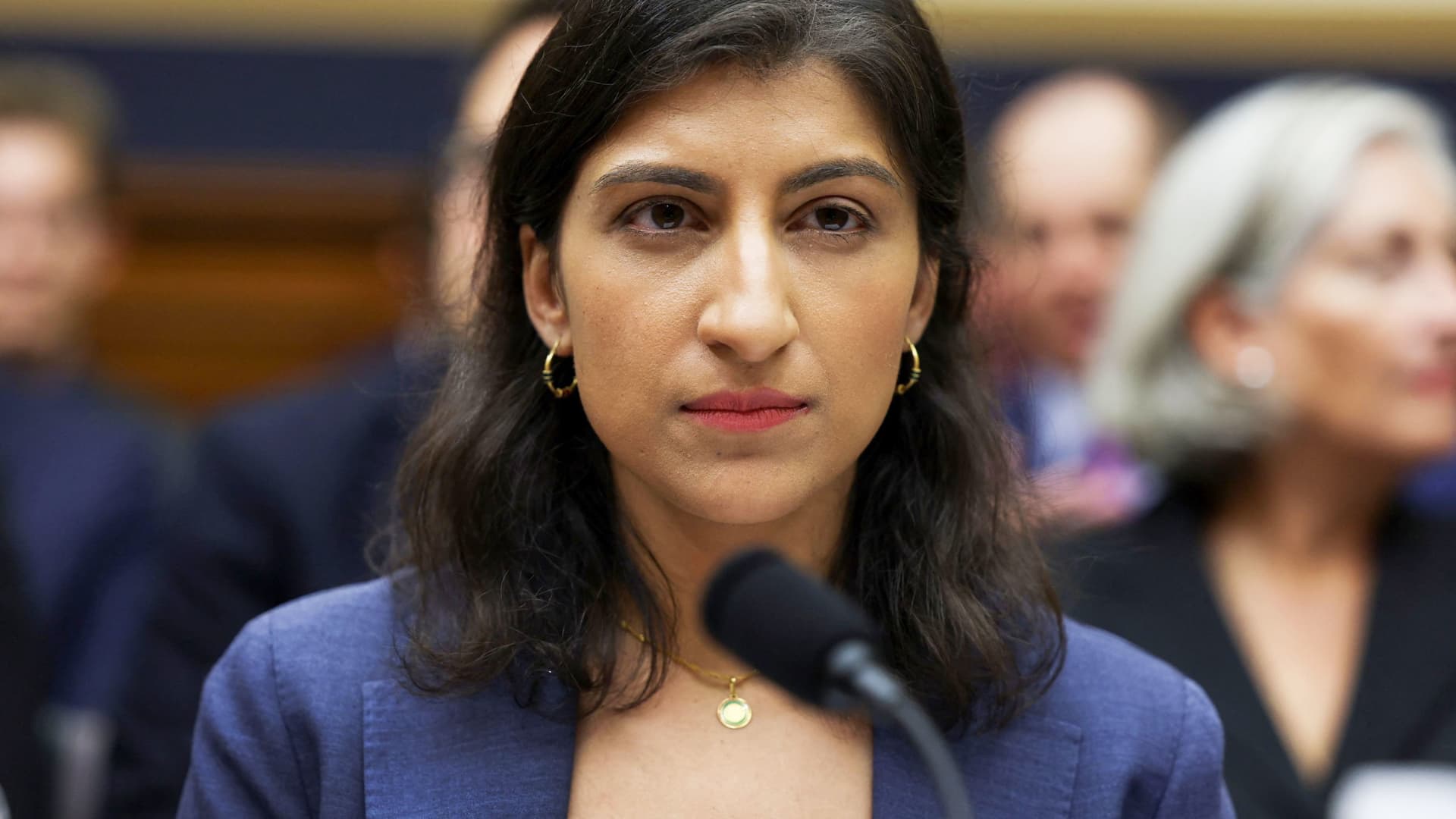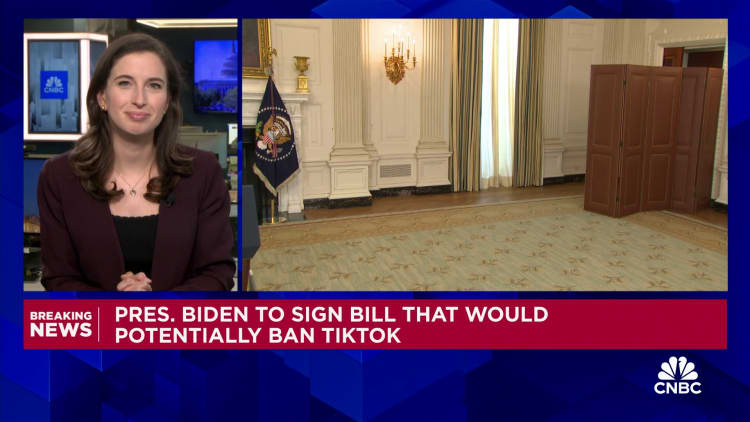President Biden proposed a $7.3 trillion budget on Monday that includes tax hikes on corporations and high earners, new spending on social programs and a wide range of measures to combat high consumer costs such as housing and college tuition.
The proposal contains only relatively small changes from the budget plan that Mr. Biden put forward last year, which went nowhere in Congress. But he reiterated his call for lawmakers to spend about $100 billion on strengthening border security and providing aid to Israel and Ukraine.
Most of the new spending and tax increases included in the fiscal 2025 budget also have little chance of taking effect this year because Republicans control the House of Representatives and strongly oppose Mr. Biden’s economic agenda. Last week, House Republicans passed a budget proposal outlining their priorities, which are far removed from Democrats’ demands.
Instead, the document will serve as a blueprint of Mr. Biden’s policy platform for his re-election in November, along with a series of contrasts aimed at drawing a distinction from his presumptive Republican opponent, former President Donald J. Trump.
Mr. Biden has sought to regain strength on economic issues among voters who gave him poor marks amid elevated inflation. This budget aims to portray him as a champion of more government help for workers, parents, manufacturers, retirees and students, as well as the fight against climate change.
In his speech on Monday in New Hampshire, Mr. Biden announced that the budget was a way to raise revenue to finance his priorities by raising taxes on the richest Americans and big corporations.
“I’m not anti-business,” he said. “I’m a capitalist, man. Earn as much money as you want. Just start paying your fair share of taxes.”
The budget proposes about $5 trillion in new taxes on corporations and the wealthy over a decade. Administration officials said Monday that those increases would be split equally between businesses and the nation’s highest earners, and that Americans earning less than $400,000 a year would receive a total of $750 billion in tax breaks under their plans would receive.
“We can make all of our investments by asking the top 1 and 2 percent to pay more into the system,” Shalanda Young, the director of the White House budget office, told reporters.
The president has already begun portraying Mr. Trump as the opposite: a supporter of more tax cuts for the wealthy. “Do you really think that the wealthy and big corporations need another $2 trillion tax break?” Mr. Biden asked in New Hampshire, referring to Mr. Trump — but not by name. “Because that’s what he wants to do.”
Speaker Mike Johnson and other members of the House Republican leadership criticized Mr. Biden in a statement released Monday afternoon. “The price tag of President Biden’s proposed budget is another stark reminder of this administration’s insatiable appetite for reckless spending and Democrats’ disregard for fiscal responsibility,” they said.
Polls have shown that Americans are dissatisfied with Mr. Biden’s handling of the economy and prefer Mr. Trump’s approach to economic issues. But the president has stuck to his core economic policy strategy, and the budget shows that he is not deviating from that plan.
Mr. Biden’s budget includes about $3 trillion in new measures to reduce the federal deficit over the next decade. That’s in line with his budget proposal last year, which reduced deficits by raising taxes on corporations and the wealthy and allowing the government to negotiate more aggressively with drug companies to reduce spending on prescription drugs.
The budget again proposes raising the corporate tax rate to 28 percent from 21 percent, the level set by Mr. Trump in his tax law signed in late 2017. It raises a new minimum tax on large corporations and quadruples a tax on stock buybacks. including efforts to capture more revenue from companies and individuals earning more than $400,000 per year.
Those savings would build on discretionary spending limits that Mr. Biden and congressional Republicans agreed to last year to resolve a standoff over raising the country’s borrowing limit. They would still leave the country with a historically high budget deficit: about $1.6 trillion a year on average over the next decade, according to government estimates. As a share of the economy, deficits would fall during this time – but the state’s total debt as a share of the economy would rise.
House Republicans released a budget last week that aims to reduce deficits much more quickly and balance the budget by the end of the decade. Their savings were based on economic growth forecasts well above mainstream forecasters’ expectations, as well as drastic and often unspecified spending cuts.
The bipartisan Committee for a Responsible Federal Budget called the Republican plan “unrealistic in its assumptions and results.” On Monday, the group called Mr. Biden’s proposed deficit reduction “a welcome but too timid start.”
Mr. Biden and his aides have repeatedly said they believe the projected deficits in his budgets would not harm the economy. Ms. Young and Jared Bernstein, who heads the White House Council of Economic Advisers, reiterated that position on Monday, even after acknowledging that the budget now forecasts higher federal borrowing costs over the next decade than previous budgets.
Instead of turning to more aggressive deficit reduction, as previous Democratic presidents have done after losing control of a chamber of Congress, Mr. Biden cited the need for new spending programs and targeted tax stimulus to boost growth and the middle class.
The new proposal continues this trend. It would create a national paid leave program for workers. That would reinstate an expanded child tax credit that Mr. Biden temporarily introduced in his $1.9 trillion stimulus plan in 2021. This credit helped significantly reduce child poverty for a year before it expired. That reinstatement would only last a year, but administration officials said Monday they hope to make it permanent as part of a broader tax debate in 2025.
The budget also includes new measures to help Americans struggling with high costs. It’s an issue that has preoccupied Mr. Biden with voters since inflation rose to its highest level in four decades under his watch, even as price increases eased last year. Mr. Biden previewed many of those efforts in his State of the Union address last week, including new tax credits for certain home buyers and expanded help for people to get health insurance through the Affordable Care Act.
Mr. Biden also called for new efforts to improve the solvency of Social Security and Medicare. In the budget, he rejected benefit cuts to the programs and any additional contributions from workers making less than $400,000 a year.
On Monday, Ms. Young suggested that Mr. Biden would seek to strengthen Social Security by, among other things, seeking a cap on the income subject to the payroll taxes that feed the program – a move he has specifically advocated for Medicare . She said Mr. Biden would improve his ability to pay “by asking high-income Americans to pay their fair share. “If you make a million dollars in this country, you’ll be done paying your Social Security taxes sometime in February.”
In another key area, Mr. Biden’s proposal is short on important details: What to do with provisions of the 2017 Republican tax law, including tax cuts for individuals, that expire in 2025? The budget provides for this process, which is enshrined in law to keep the estimated costs low, even if it is “fiscally reckless.” But it does not specify how Mr. Biden would handle the expiration deadlines if he wins a second term.
Instead, the budget plan says Mr. Biden would seek to expand tax breaks for people earning less than $400,000 a year through “additional reforms to ensure wealthy people and large corporations pay their fair share.” would compensate.
Source link
2024-03-11 20:35:29
www.nytimes.com










